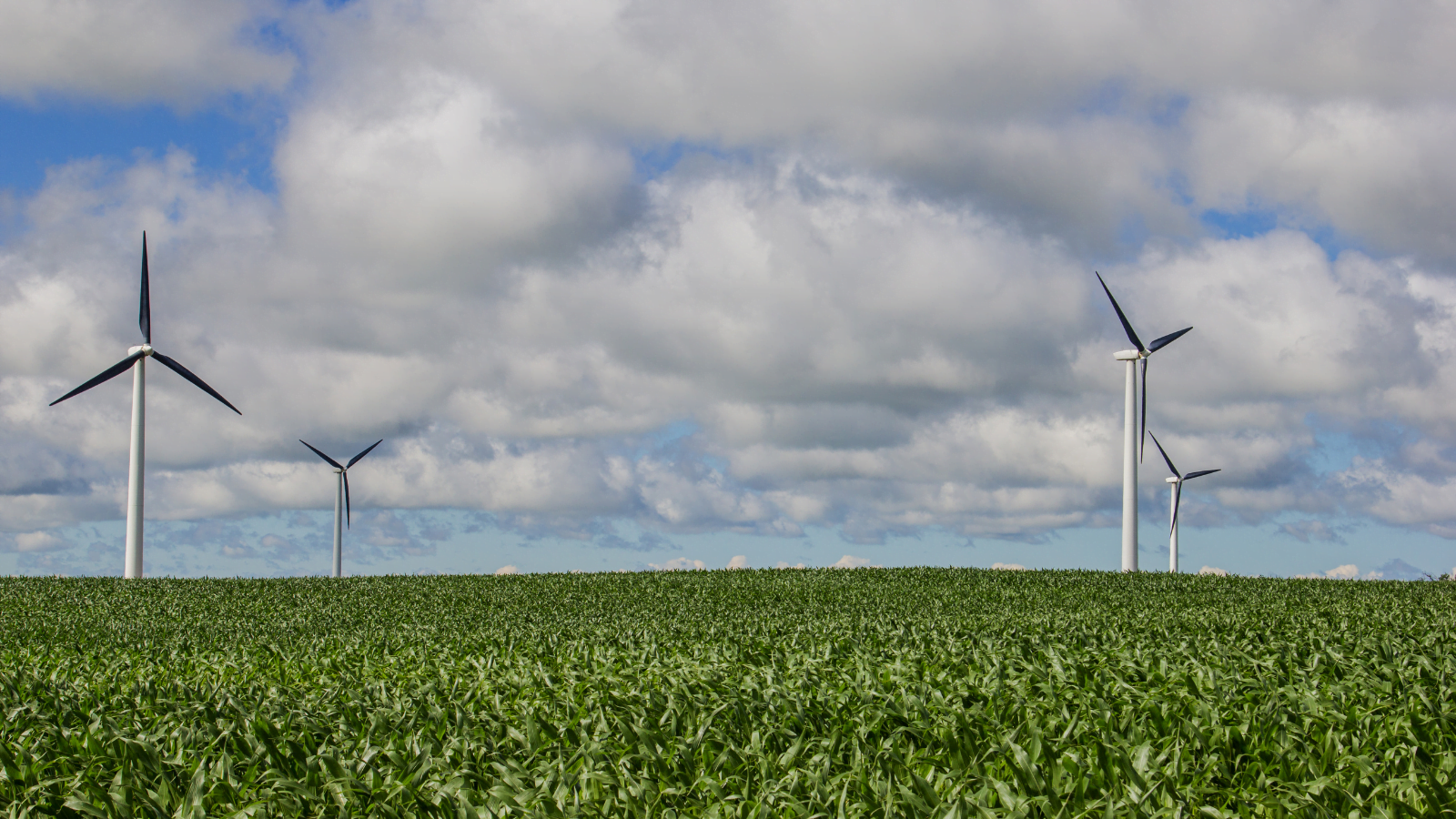The catch of renewable energy is that its sources are not always accessible. Hence, storing this energy for when it is needed will be vital in lessening the world’s reliance on fossil fuels.
What is Energy Storage?
Energy storage is primarily concerned with allowing energy drawn from renewable sources such as wind and solar to be stowed away for future use.
Why is Energy Storage Important?
From our own research, it has become evident that large quantities of renewable energy are routinely going to waste.
This is simply due to the lack of control that can be placed on the output of renewable sources such as wind, and discrepancies between the amount of energy produced and the amount that we can use.
The ability to store renewable energy for later consumption mitigates such waste.
Energy storage can also help decrease the intense strain being placed on the environment.
In 2021, 62% of the world’s energy was derived from fossil fuels. This is something that drastically needs to change if we are to safeguard the planet’s future and meet targets outlined in the likes of the Paris Agreement.
Energy storage has a pivotal part to play in offsetting fossil fuel dependency.
Let’s take a look at some of the other advantages of energy storage.
More Advantages of Energy Storage
Long-Term Cost Efficiency
One of the more significant advantages of energy storage is the long-term cost savings that can be achieved through its application.
Being able to exercise the option of storing renewable energy for later use can have hugely positive financial implications for homes and businesses. This case is further supported by the persistent and stark price hikes in non-renewables.
Since 2011, the weighted average price of electricity for businesses in Ireland has grown by 23%.
One way that energy storage can save people money is by helping them to navigate demand charges.
Demand charges are applied by utility companies based on the maximum quantity of electricity a customer uses at any one time throughout the billing cycle.
When such charges are in place, an electricity customer can access power from their energy storage unit during peak times, helping them to avoid incurring higher rates.

Increased Integration of Renewables
Energy storage has the unique ability to make it easier to integrate renewable energy into the power grid.
In Ireland, renewable energy has an overall share of just 13.5%. Wider spread implementation of energy storage facilities can drastically improve this figure.
In recent times, the continued reliance on fossil fuels can partly be attributed to the inconsistencies in the power production of renewables. For instance, solar energy cannot be produced if the sun is not shining.
Energy storage offers a viable solution to this issue.
Storing energy sources from wind or solar ensures a more consistent supply, which in turn allows for more consistent grid integration.
Flexibility in Supply
Power outages offer little more than inconvenience and financial loss, especially when they occur in a business setting.
For example, power outages reportedly cost the US economy $150 billion annually.
Expensive power interruptions can be avoided and regular operations continued by accessing stored energy during temporary outages.
Future Energy Storage Solutions
The merit in energy storage is there for all to see, but how will it be applied to the extent our planet needs it to be?
In this section, we will take a look at some of the energy storage technologies that can be further implemented into the power grid.
Pumped Hydroelectric Storage
Pumped Hydroelectric Storage uses water that is electrically pumped from a lower reservoir and kept in an upper reservoir to store energy.
When called upon to generate power, it releases the stored water which while on its descent travels through turbines. It is this interaction between the descending water and the turbines that produces energy.
Once up and running, hydroelectric storage facilities can be extremely cost-effective, storing copious amounts of energy and working at up to 82% efficiency.
However, getting them up and running is much easier said than done. This is due to their complexity to build and extremely high infrastructure costs.

Compressed Air Storage
Compressed Air Storage is quite similar in concept to pumped hydroelectric storage.
In contrast to the latter, which pumps water, compressed air storage employs leftover electricity to push air into a suitable subsurface formation that serves as a large storage tank. When electricity is required again, the plant can regenerate it by heating the pressured air and releasing it through turbines.
Thermal Energy Storage
The goal of thermal energy storage is to capture heat and cold and use it to produce energy when required and offset the demands on other energy sources.
There are three main types of thermal energy storage.
- Sensible heat
- Thermochemical
- Latent heat
Out of these three types, sensible heat is widely considered to have the most merit.
In sensible heat thermal, water or rocks are used as vessels for storing and releasing energy.
Thermal energy storage is highly effective in improving energy efficiency, offsetting demand, and reducing CO2 emissions.
Battery Storage
Our own research here at Lawler Sustainability has brought to our attention an escalating business case for electric battery storage.
Advances in lithium-ion batteries and their propensity to store large amounts of energy mean battery storage will have a critical role to play in the future of energy management.
The concept and execution mirror that of the previous solutions. Energy is gathered from renewable sources and stored for later use.
However, battery storage comfortably wins out on both accessibility and ease of production.
Over the next 10 years, battery prices are expected to continue to decline. The energy density, lifetime, charge and discharge power, reliability, and safety of the technology are all improving at the same time.
Here at Lawler Sustainability, we use battery storage to allow our clients to store excess energy generated on-site for later use. We also find it to offer great grid flexibility, by utilising the likes of Time of Use tariffs.

Together with our sister company, Lawler Consulting, Our mission at Lawler Sustainability is to make our buildings more energy-efficient, cost-effective to operate, and sustainable. If you are interested in our energy reduction solutions, please contact us here.
Follow us on LinkedIn to keep up to date with all of our latest developments and industry trends.

